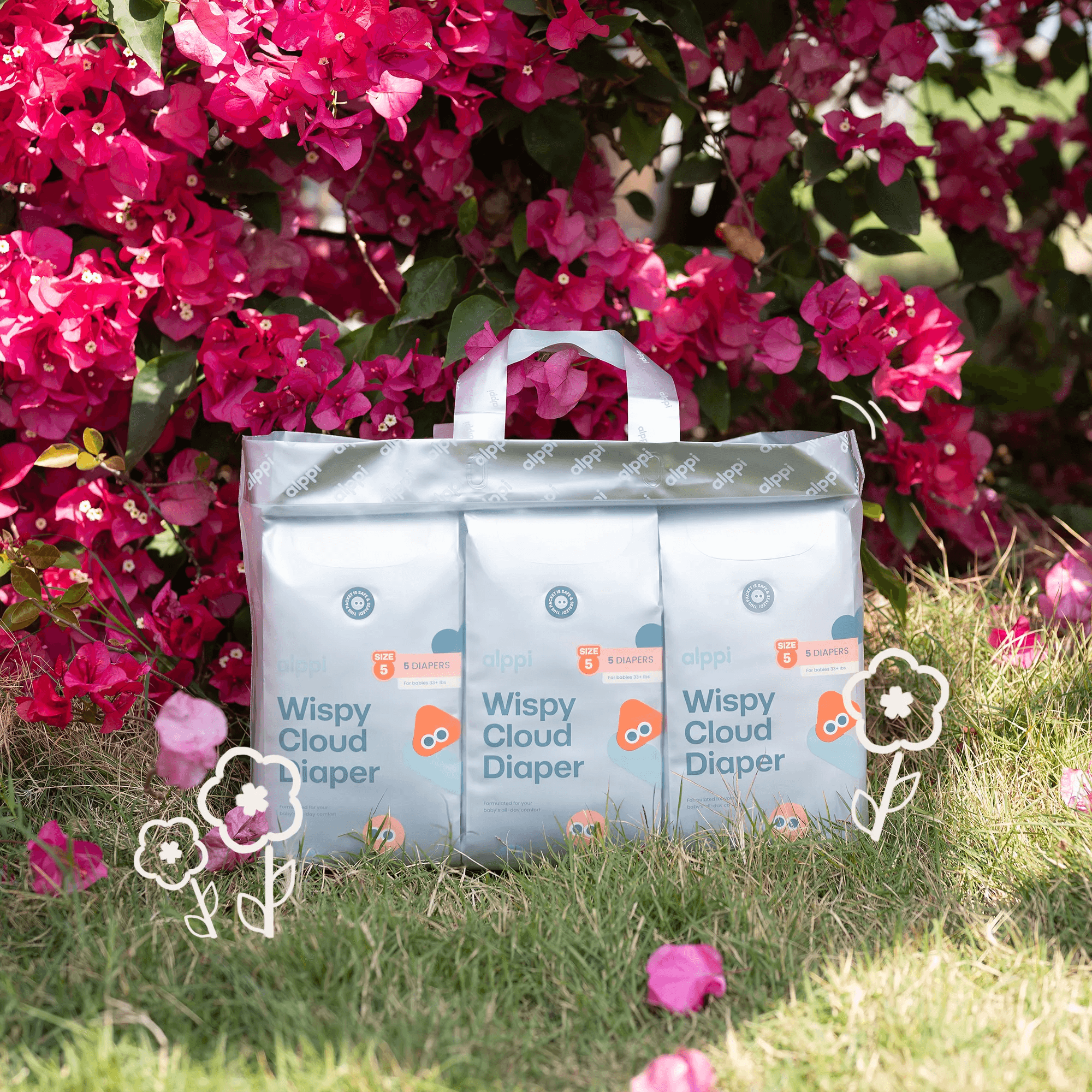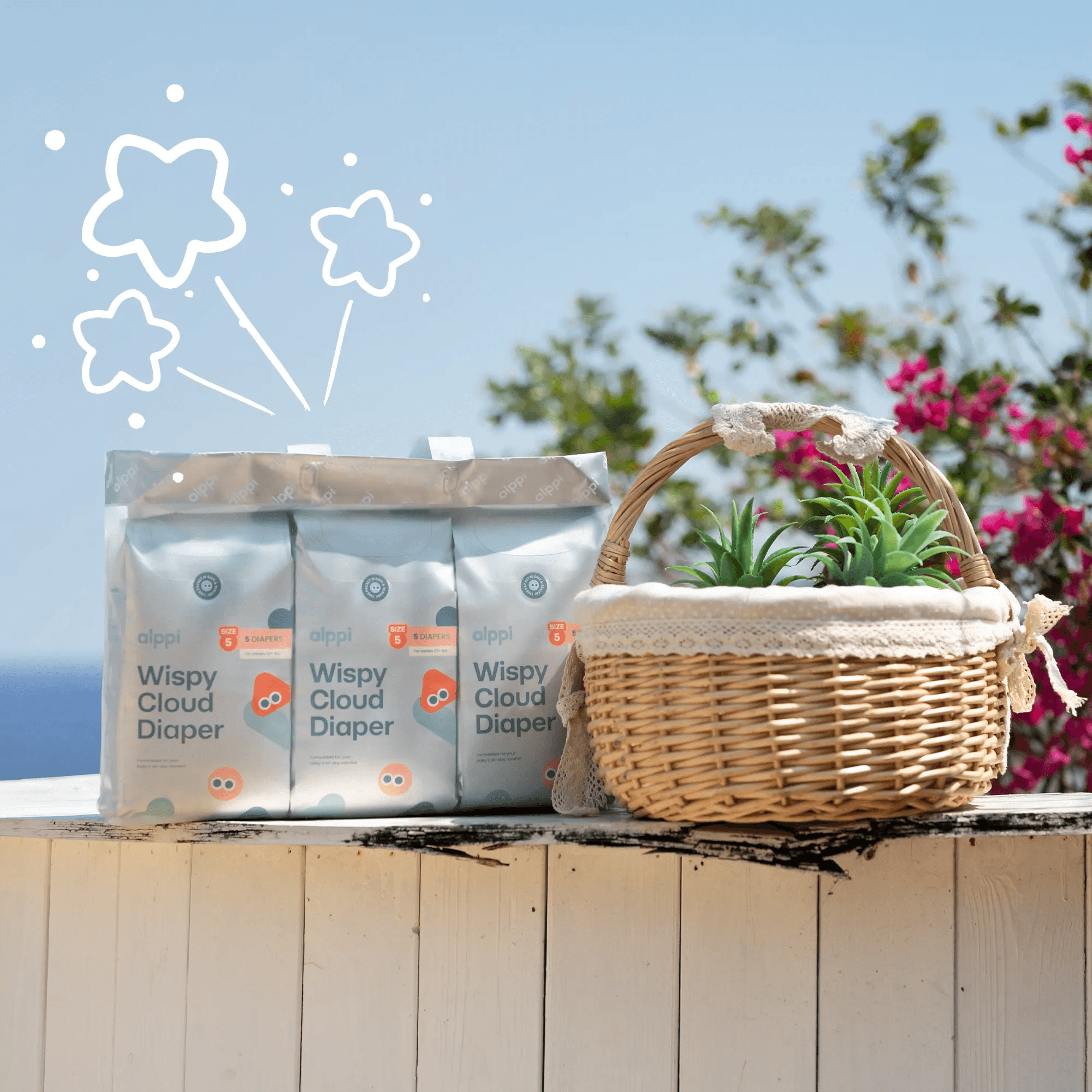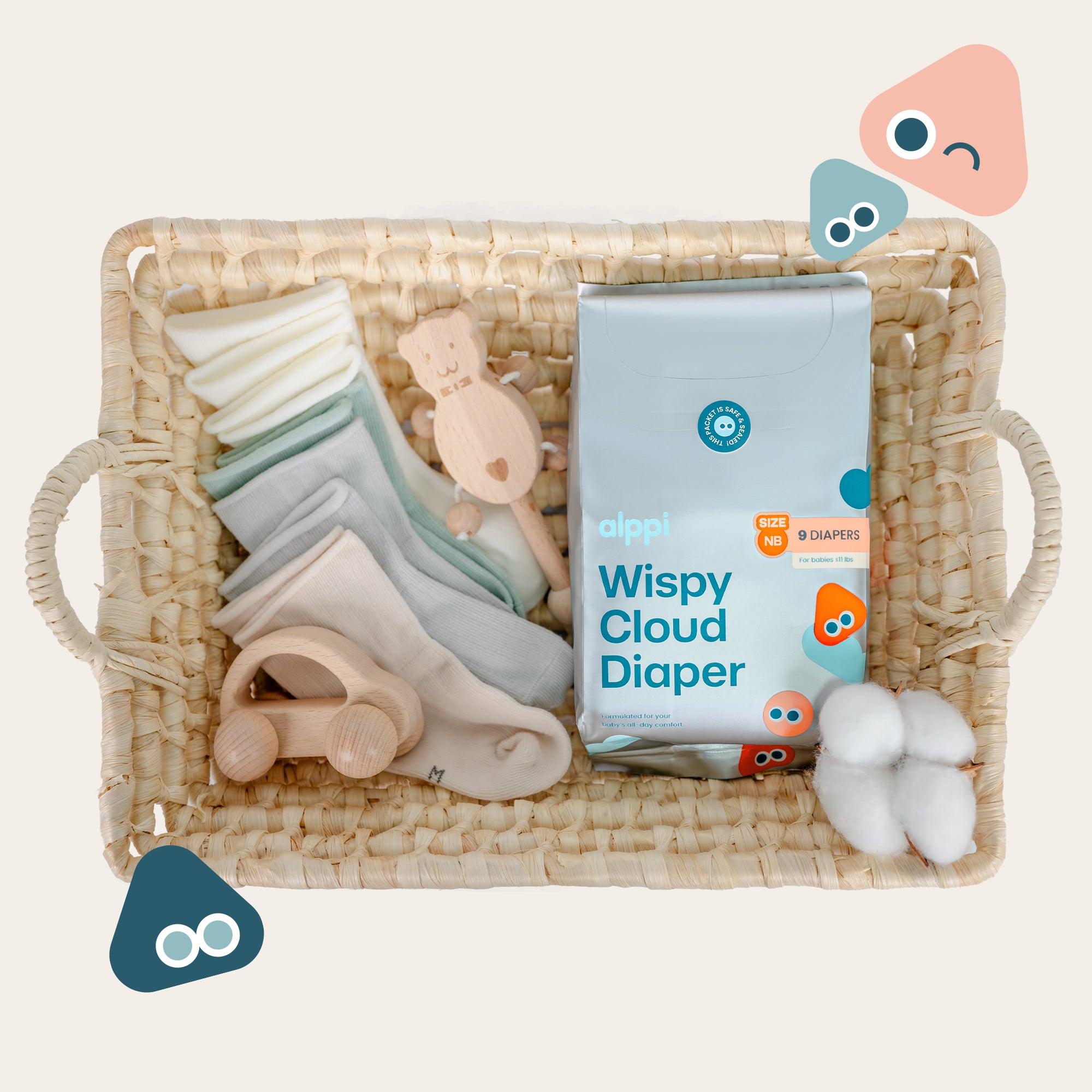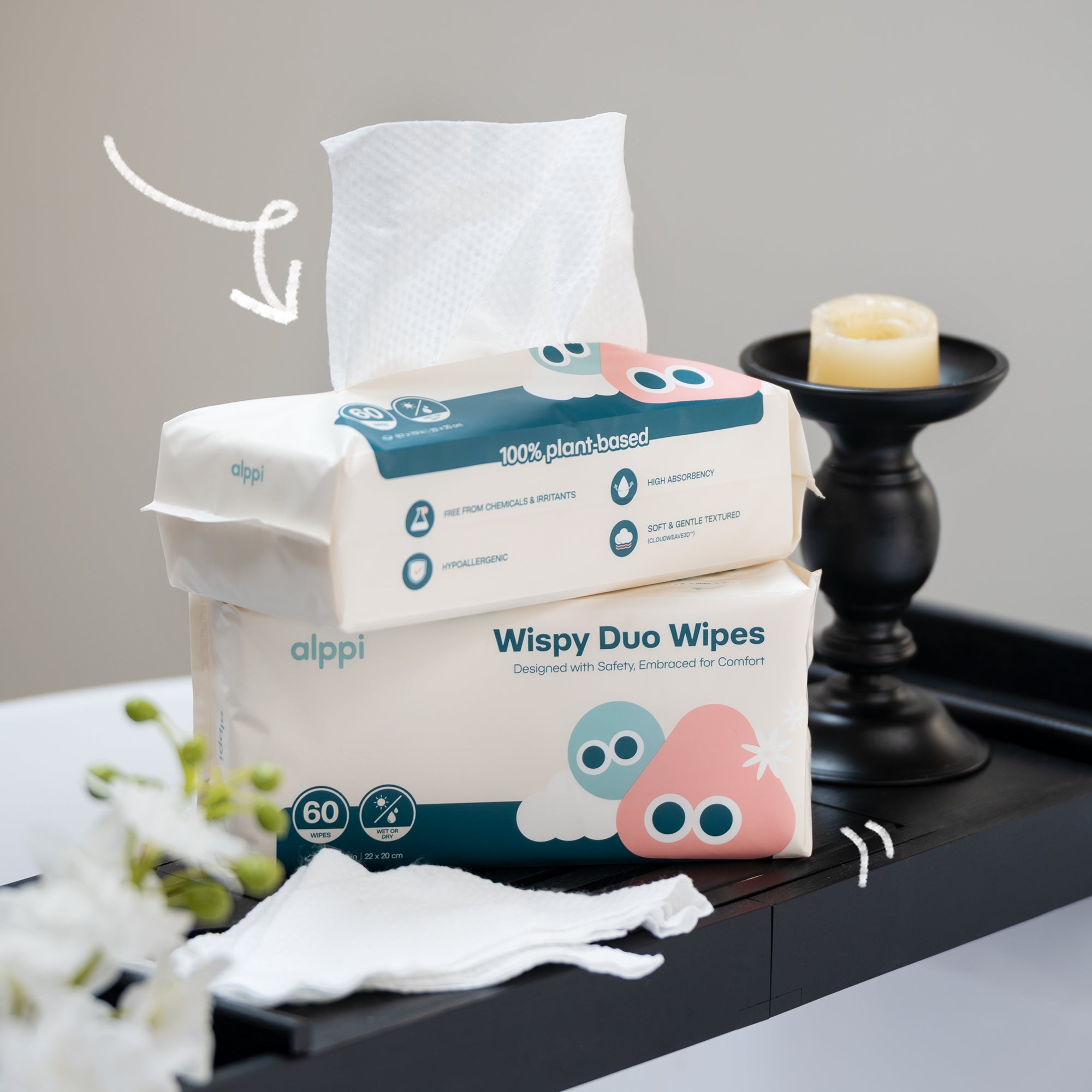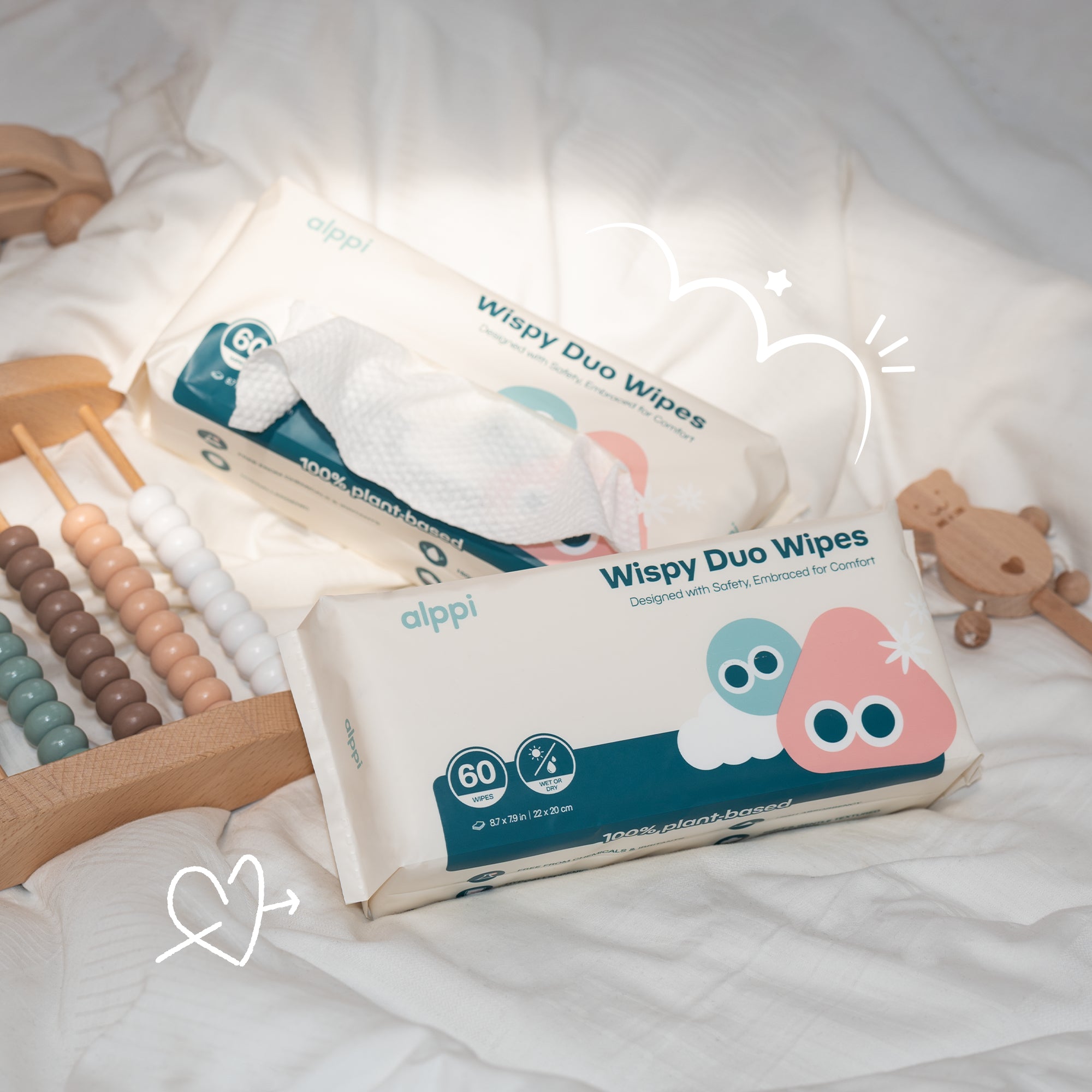Bringing home a newborn is exciting, but it can also feel overwhelming when you are trying to figure out sleep.
One of the most helpful tools for new parents is understanding newborn wake windows. These short stretches of awake time can make or break your baby’s sleep routine.
If you have ever wondered how long your little one should stay awake, what signs to look for, or how to avoid overtired meltdowns, you are in the right place.
Keep reading for a friendly, parent-focused guide that makes wake windows simple to understand and easy to follow.
Key Takeaways
- ✅ Newborn wake windows are short, often just 30 to 90 minutes
- ✅ Watching your baby’s cues is more important than watching the clock
- ✅ Feeding, tummy time, and soothing routines all fit within wake windows
- ✅ Flexibility is key because every baby is unique
What Are Newborn Wake Windows?
Wake windows are the short periods of time your baby is awake between naps. For newborns, these windows are usually very brief, often just long enough for a feeding, a diaper change, and a little interaction before it is time to sleep again.
Understanding wake windows helps you:
- ✅ Notice when your baby is ready for sleep
- ✅ Reduce the chance of overtiredness
- ✅ Follow your baby’s natural rhythm instead of the clock
Why Newborn Wake Windows Matter

Knowing your baby’s wake windows can help you plan your day with less stress. It also gives your baby the best chance to nap well and settle more easily at night.
Here is why they matter:
- ✅ Staying awake too long can lead to overtiredness, making it harder for babies to fall asleep
- ✅ Putting a baby down too soon may result in short naps
- ✅ Balanced wake windows support overall sleep quality
Newborn Wake Windows by Age
Wake windows change quickly during the first few months of life. Here is a simple breakdown to guide you:
- 👶🏻 0 to 2 weeks: 30 to 60 minutes
- 👶🏻 2 to 6 weeks: 45 to 75 minutes
- 👶🏻 6 to 12 weeks: 60 to 90 minutes
These are general ranges shared by pediatric sleep experts. The American Academy of Pediatrics does not publish official wake window charts, so it is best to use these numbers as a guide while watching your baby’s cues first.
👶🏻 If you are struggling with fussy moments during wake windows, it helps to have soothing tricks ready. For helpful tips, check out this article: How to Soothe a Crying Baby.
How to Tell When a Wake Window is Ending
Your baby will show signs when they are ready to sleep again. Common sleepy cues include:
- ✅ Yawning
- ✅ Rubbing eyes
- ✅ Staring off into space
- ✅ Becoming fussy or irritable
Catching these cues early makes it much easier to settle your baby before they get overtired. Once you notice them, aim to start winding down quickly.
Feeding and Wake Windows: What Parents Should Know

Feeding is part of your baby’s awake time. For newborns, a feed may take up most of the wake window, leaving just a few minutes for interaction before it is time to rest.
Key points:
- ✅ Feeding counts as awake time
- ✅ It is fine to let your baby sleep soon after feeding if they are showing tired cues
- ✅ A flexible feed-play-sleep rhythm can work well, but every baby is different
Tummy Time During Wake Windows
Wake windows are a good opportunity to introduce tummy time, since your baby is alert and supervised. Even a few minutes a couple of times a day helps strengthen your baby’s neck, shoulders, and upper body. The AAP recommends starting tummy time from the first week, always while your baby is awake and supervised.
Benefits of tummy time include:
- ✅ Building muscles needed for rolling, sitting, and crawling
- ✅ Supporting healthy motor development
- ✅ Helping prevent flat spots on the back of the head
While tummy time is not a direct fix for sleep, it supports healthy growth and activity during wake windows, which is important for development.
👶🏻 Since tummy time requires careful handling, it is important to feel confident when lifting and positioning your baby. For a helpful guide, browse this article: How to Hold a Newborn.
Creating Simple Routines Around Wake Windows
Routines make wake windows smoother and help babies feel secure. A common pattern is feed, play, then sleep. Playtime for newborns can be as simple as:
- ✅ Singing softly
- ✅ Talking gently
- ✅ A few minutes of tummy time
Adding small cues can also help signal sleep:
- ✅ Dimming lights
- ✅ Swaddling (if your baby is not yet rolling)
- ✅ Turning on white noise
Important safety note: Always place your swaddled baby on their back to sleep, and stop swaddling once your baby shows signs of rolling.
👶🏻 Swaddling is one of the best ways to help newborns feel cozy and calm before sleep. To learn how to do it safely, browse this article: How to Swaddle a Newborn.
Common Challenges With Newborn Wake Windows

Even with the best planning, newborn sleep can feel unpredictable. Common challenges include:
- ✅ Overtiredness: babies can become fussy and harder to settle when awake too long
- ✅ Short naps: normal in the early weeks; naps usually lengthen with age
- ✅ Growth spurts and developmental changes: especially in the first month, can make babies fussier and disrupt routines
Knowing these challenges are normal can help you stay calm and flexible.
Wake Windows and Sleep Training
Newborns are too young for formal sleep training. At this stage, the focus should be on gentle routines and responding to your baby’s needs.
Still, following wake windows can help:
- ✅ Lay the groundwork for healthy sleep habits
- ✅ Make transitions smoother as your baby grows
- ✅ Encourage consistency with gentle cues like swaddling and calming routines
When Do Wake Windows Get Longer?
Around 3 to 4 months, babies start staying awake for longer stretches. Typical awake times increase to about 90 minutes to 2 hours during the day.
Signs your baby may be ready for longer wake windows include:
- ✅ Happier and more alert during playtime
- ✅ Less fussiness between naps
- ✅ Falling asleep more easily after slightly longer awake periods
Conclusion
Understanding newborn wake windows takes the guesswork out of your baby’s sleep. By following their cues and keeping awake times short, you can help your baby rest better and feel calmer throughout the day.
If you want more helpful guides and tips for caring for your baby, check out Alppi Baby. And for everyday essentials, we recommend Alppi Baby diapers and wipes, the best choice for parents who want comfort and care for their newborns and toddlers.
You May Shop
Frequently Asked Questions About Newborn Wake Windows
What is the 3-3-3 rule for baby sleep?
The 3-3-3 rule is a simple guide some parents use for older babies. It suggests 3 hours of awake time before the first nap, 3 hours before the second nap, and 3 hours before bedtime. This does not apply to newborns, but it can be useful later as your baby grows.
Is week 3 the hardest with a newborn?
Many parents notice that weeks 3 and 4 can feel especially tough. Babies often become more alert, cry more, and have growth spurts during this time. It is a normal phase and usually improves with time and patience.
When to stop waking the baby up every 2–3 hours?
In the early weeks, it is important to wake your baby for feeds every 2 to 3 hours, especially if they are not gaining weight steadily. Once your pediatrician confirms your baby is growing well, you can usually let them sleep longer stretches at night.
How often should a newborn bathe?
Newborns do not need daily baths. Two to three times a week is usually enough, with gentle sponge baths in between if needed. Daily bathing can sometimes dry out their delicate skin.





